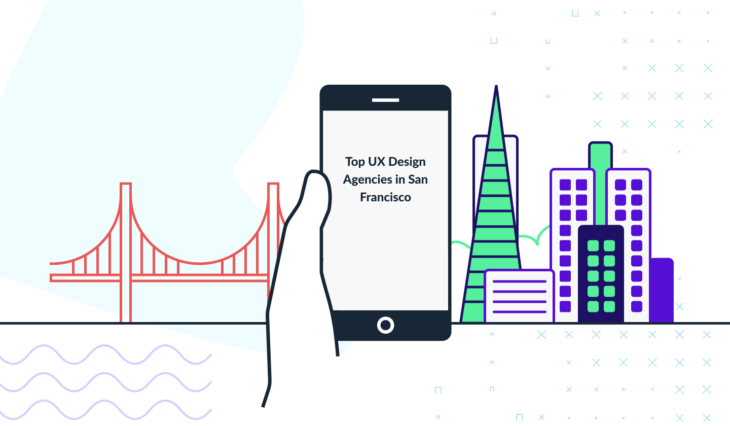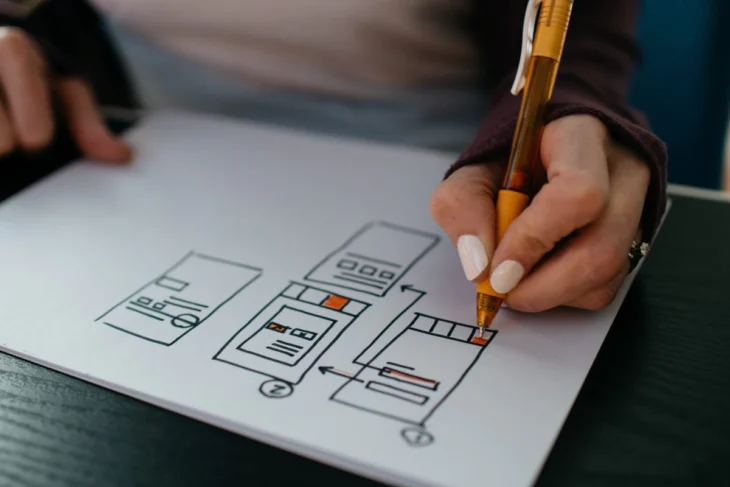Software, website, and app designers once had free reign over their creative process, but after a 1985 paper by Gould and Lewis brought about the notion of user-centered design, the approach to the design of all of the above had begun to shift to what we currently know as UX design. The premise of this design shift was that no developer, designer, analyst, or product manager could genuinely put themselves in the unique position of their product’s user.
This gave rise to the importance of UX testing, which has taken a more pivotal place in the design sphere. In line with its rising reputation, most established firms and new firms alike began assembling teams of UX specialists. The San Francisco UX companies have managed to figure out the critical underpinnings of the UX hiring process, resulting in the staffing of their UX teams with crucial personnel that ultimately contributed to outstanding designs as a result.

Source: imcgrupo.com
To understand the planning that San Francisco UX agencies used, it is essential to understand the key concepts they centered their hiring practices around. The planning process began by posing four pertinent points of focus:
- Tasks needed to be performed
- Challenges that will need to be overcome
- Positions needed to be filled on the UX team
- The tools at the UX teams disposal
This piece will take a look at those four points in a more in-depth manner.
Contents
Managing Tasks And Budgets
To bring together a UX team filled with the highest quality personnel, any UX agency must consider how much they are willing to/can spend on these resources. To put it in another way, they need a solidly established budget. San Francisco agencies then base their decisions on what positions need to be filled on the UX team but asking a more pertinent question: what parts can be afforded to be filled?
The next step is figuring out the appropriate delegation of responsibilities. Do specific tasks that need to be performed belong in the hands of the UX team, or are they better suited for another department? Just as important is whether the tasks need to be performed in-house or if they can be outsourced. San Francisco agencies tend to outsource a lot of their UX duties, which leaves them the ability to work with great candidates who may not be within geographical proximity.

Source: uxstudioteam.com
Of course, outsourcing is not always the best option. As with anything else, it has its benefits, as well as its determinants. Some fields of work are more pertinently outsourced. These include:
- Recruiting team members
- Analysis of target groups
- Testing and analysis sessions
- Design
UX Team Hiring
Figuring out the UX team’s roles might be the most exciting part of the entire team-building process. A typical UX team requires members to perform various functions, but their exact duties are not always defined immaculate and clear-cut. Therefore, the distinct UX team roles are not hard-line principles of UX team member hiring definitions but rather a high-level overview.
But what makes UX team member roles ambiguous at times? That’s because each team member could be tasked with multiple functions. There are two primary reasons for this:
- Budget constrictions: Not all UX companies have the money in their budget to hire high-quality people for the money that their skill levels would warrant.
- Agile approach: Because UX firms often diversify work based on projects rather than particular job responsibilities, many team members may be responsible for various factors.
Typical Roles For A UX Team

Source: thesfnews.com
The following is a list of typical UX Team member roles and the functions these roles commonly entail.
- UX Head: This person is responsible for budgeting for and ultimately leading the team, managing ongoing projects, and evaluating how well the team works together. Their role also usually involves interconnecting the functions of various departments involved in a project.
- UX Engineer: This role is based on integrating the UX process into developing a product while ensuring its quality output. The engineer will also figure out KPIs for a project and facilitate collaboration between engineering departments with those responsible for the design.
- User Requirements Engineer: The individual in this role will be tasked with figuring out what is needed for the product to work, prioritizing the requirements and the organization requirements called for, and contextualizing the product’s use.
- UX Researcher: This role involves conducting UX research, delivering discoveries and insights to the teams involved, and managing the acquired knowledge in a particular knowledge base forum.
- UX Tester: This role involves the periodic evaluation of a product throughout its design and development stages, usability testing, and generation of reports based on the finding of the testing studies.
- UX Analyst: This position typically keeps track of performance metrics and analyzes the observations, often generating reports based on these studies.
- Information Architect: This role involves determining the optimal navigation strategy to obtain any information necessary to locate it and be intuitively provided this information efficiently.
- UX Designer I/Interaction Designer: This role establishes how users would interact with the particular design.
- UX Designer II/Interface Designer: This role is responsible for creating mockups and prototypes of the design and creating the ultimate interface.
Tools Leveraged By UX Teams
There are many tools out there for UX teams to use, and while there are far too many to name, we will focus on those most often applied by San Francisco UX companies. Since every UX team has different project scopes and requirements, the needs and results will vary based on each particular team, but the following is a list of beneficial additions to most UX teams:
- Visualization tools such as whiteboards or workflow graphing software
- Knowledge Base repositories of UX based concepts, insights, and other curated UX content
- UX tools for monitoring and performing analysis of key metrics and indicators
- Usability testing and remote interview tools
- Software for developing prototypes
It is important to remember that these tools are all there to help facilitate the projects’ progression. Still, ultimately it is those well-established workflows that are the guiding hand in how UX projects progress. For that reason, UX agencies should secure those tools that their teams need, rather than acquiring the tools and attempting to justify their utility by the groups. Because San Francisco UX companies have put precise and clear workflows in place, they stand out among UX companies out there. This approach helps them to optimize the performance and delivery of every project.
Conclusion
Any contemporary product design and management process involves UX design. San Francisco companies have been so successful at this game because they have fully adapted a UX mindset on a company-wide level, marking them as the leaders in the UX sphere. Some of them you can see here.

